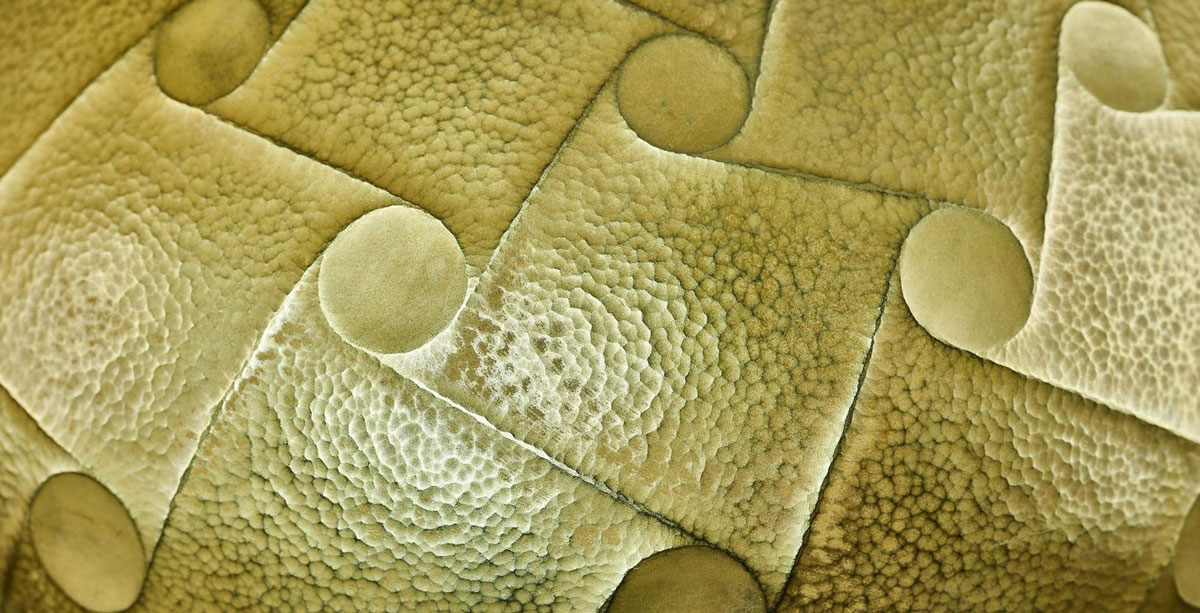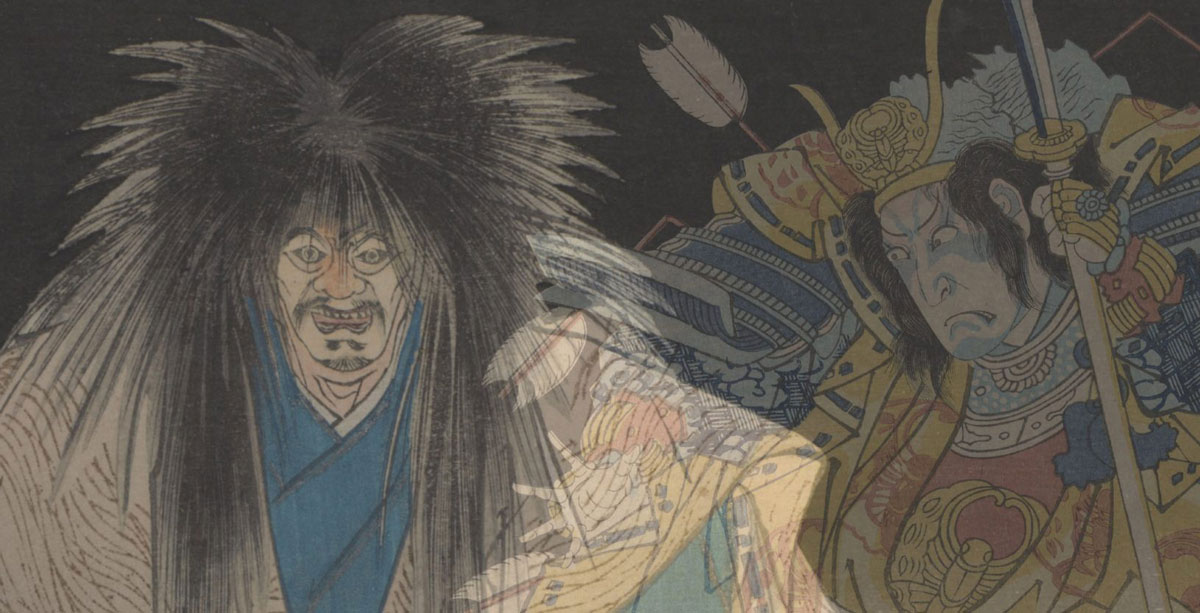
Embossed gold jar (detail), Ōnuma Chihiro (b. 1950), Japan, Shōwa era, 1988, hammered copper with amalgam gilding (kinkeshi), National Museum of Asian Art, Smithsonian Institution, Bequest of Shirley Z. Johnson, S2022.8.37a–c © Ōnuma Chihiro
Mark your calendars for these upcoming exhibitions at Smithsonian’s National Museum of Asian Art!
Striking Objects: Contemporary Japanese Metalwork
March 2, 2024 – early 2026
Arthur M. Sackler Gallery, Gallery 22
Contemporary Japanese metalworking breathes life into traditional methods that have been passed down and practiced over generations. The artists featured in Striking Objects create masterpieces that combine tradition with creativity and innovation. The exhibition highlights works from the collection of Shirley Z. Johnson (1940–2021), distinguished lawyer, philanthropist, and former board member of the National Museum of Asian Art. Her passion for contemporary Japanese metalwork and her visionary gift have made the National Museum of Asian Art home to the largest collection of such works in the United States.

Landscape (detail), Hosokawa Rinkoku (1782–1842), Japan, Edo period, 1835, handscroll, ink and color on paper, Freer Gallery of Art Collection, National Museum of Asian Art, Smithsonian Institution, The Mary and Cheney Cowles Collection, Gift of Mary and Cheney Cowles, F2021.4.11a–c
Imagined Neighbors: Japanese Visions of China, 1680–1980
March 16 – September 3, 2024
Freer Gallery of Art, Galleries 5, 6, 6a, 7, 8
During the Edo period (1603–1868), feudal Japan was largely closed off from the outside world. For three hundred years, a loose movement of Japanese artists, often referred to as literati, turned to neighboring China—variably a source for emulation and a source of rivalry—for inspiration. Through painting and calligraphy, they created immersive environments in which artists and viewers alike could mentally withdraw from worldly affairs. As disparate and diverse as the literati movement was, its members were united by a common language that embraced diverse notions of “China”—a place both familiar and foreign, as much imagined as it was known. Throughout a period of modernization during the Meiji era (1868–1912) and after, when all facets of life in Japan were radically changing, China’s historic role in helping shape the fabric of Japanese history and culture remained a touchstone for Japanese artists, even in the context of imperialism and war.
Imagined Neighbors presents Japanese artworks from the Mary and Cheney Cowles Collection, given to the National Museum of Asian Art between 2018 and 2022. The Cowles Collection is arguably the largest and most comprehensive group of Japanese literati works outside of Japan. The paintings and calligraphy in this exhibition fuse reality with imagination and remain important to understanding the continuing, complex engagement of Japanese artists with China, to them both a real and an imagined place.

Composite image: Akogi (detail), from the series Nōgaku zue, Tsukioka Kōgyo (1869–1927), Japan, Meiji era, March 1, 1899, woodblock print, ink and color on paper, Robert O. Muller Collection, Arthur M. Sackler Gallery, National Museum of Asian Art, Smithsonian Institution, S2003.8.2898; Nakamura Utaemon III as Taira no Tomomori (detail), Ryūsai Shigeharu (1803–1853), Publisher: Wataya Kihei (ca. 1809–1885), Japan, Edo period, 1831, woodblock print, ink and color on paper, The Anne van Biema Collection, Arthur M. Sackler Gallery, National Museum of Asian Art, Smithsonian Institution, S2004.3.279
Staging the Supernatural: Ghosts and the Theater in Japanese Prints
March 23 – October 6, 2024
Arthur M. Sackler Gallery, Gallery 25
Throughout Japanese cultural history, the boundary between the real world and the world of supernatural beings has been remarkably porous. Certain sites, states of mind, or periods in the lunar cycle made humans particularly vulnerable to ghostly intervention. The Edo period (1603–1868) was a crucial stage in the development and solidification of ideas about the supernatural. Many of the beliefs that gained currency at this time are still held as conventional wisdom in Japan today.
Supernatural entities came to life especially during noh and kabuki theater performances. Explore—if you dare—the roles that ghosts and spirits play in the retelling of Japanese legends and real events. Staging the Supernatural brings together a collection of vibrant, colorful woodblock prints and illustrated books depicting the specters that haunt these two theatrical traditions.
To learn more about each of these exhibits, click here.
